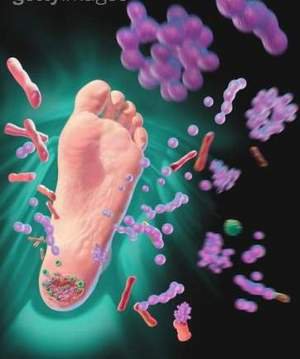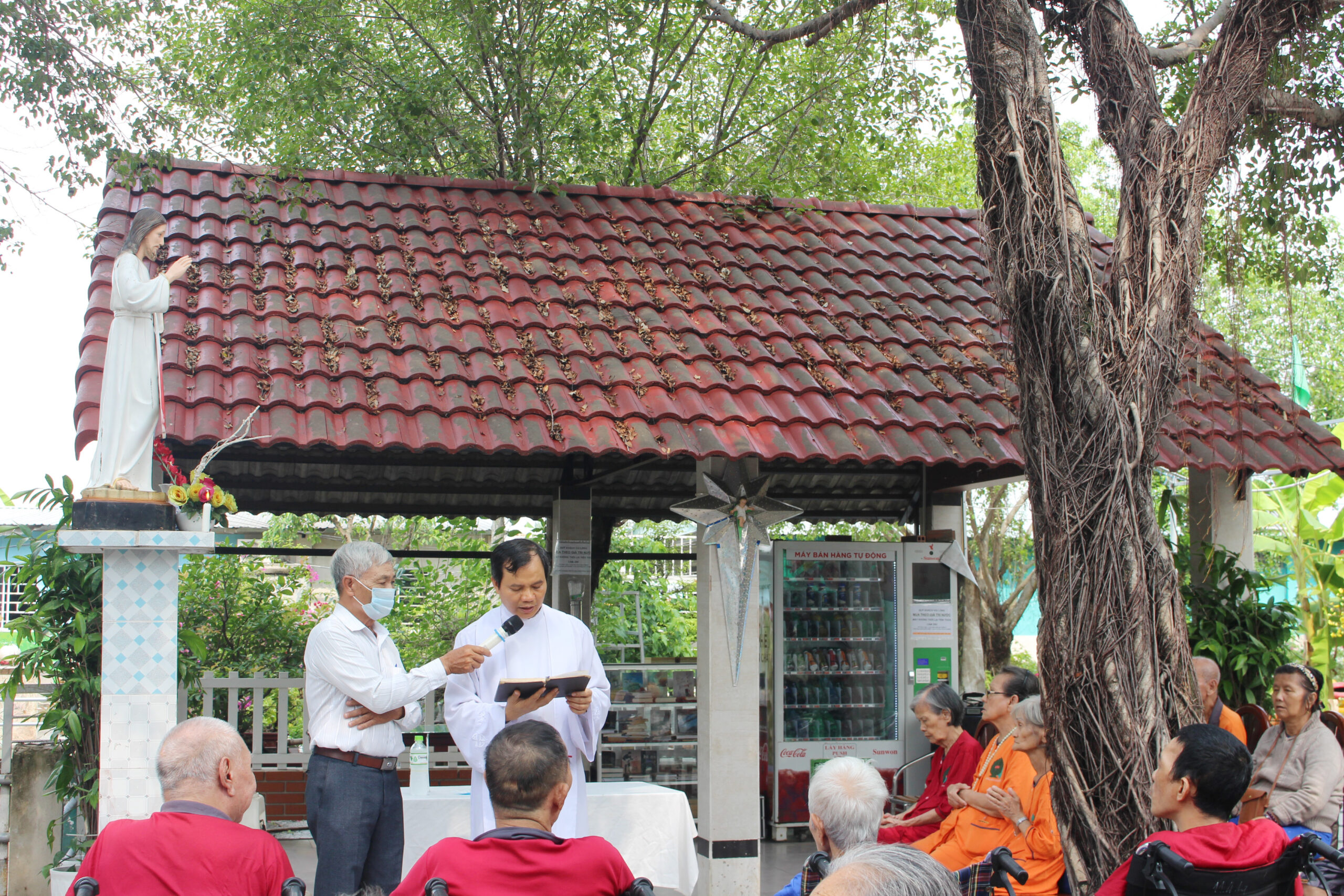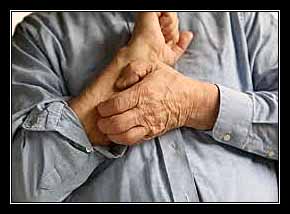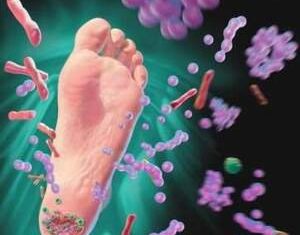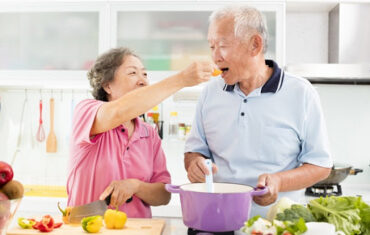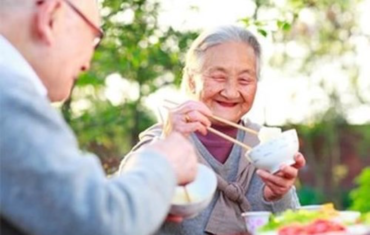03 September 2020
Painful osteoarthritis in the elderly
Nội dung
1. Overview of osteoarthritis pain in the elderly
Osteoarthritis is the most common disease in the elderly. According to statistics, about 60% of people over 60 years old suffer from bone disease and the higher the age, the higher the rate.
Many people think that pain is due to natural aging, so they try to endure the pain. But few people know that if not treated, this pain will become chronic and affect daily activities. Even about 10% of untreated patients have developed serious complications, possibly disability.

Osteoarthritis is a common disease among the elderly, causing adverse effects on daily life
Elderly people can experience pain in any joint on the body such as neck, lower back, limbs. According to statistics show that the most painful joint positions in the elderly are:
-
Knee: about 30.6% of patients have knee pain and the rate increases gradually with age in women.
-
Hips: the rate is 17.5% lower than knee joint and the rate also increases with age.
-
Hands: Approximately 13% of men and 26% of women over the age of 70 are diagnosed with pain in at least 1 joint.
-
Spine: rate of about 16.9 – 19% of patients with spinal pain.
2. Causes of osteoarthritis pain in the elderly
2.1. Motorized cause
-
Injuries: Secondary deformations encountered after traffic accidents, falls, … affect joints, ligaments, bones and joints.
-
Overweight: Being overweight puts pressure on joints, especially knee and back joints. In the long run, the pain will become chronic.
-
Diet: When young people do not eat enough nutrients, especially calcium deficiency, omega 3 will increase the likelihood of bone pain in old age.
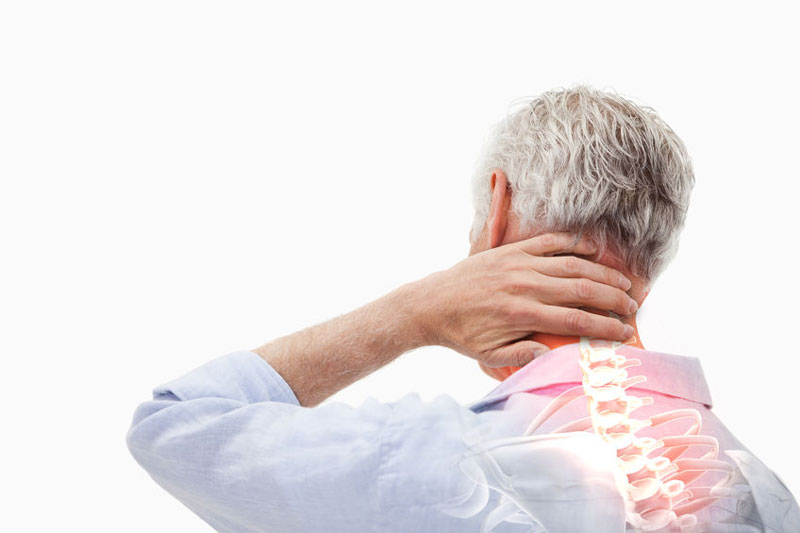
The lack of nutrients, especially calcium, omega 3, causes bone pain in old age
-
Unhealthy mode of living: Habit of using substances such as alcohol, smoking, using drugs, … is also a cause of osteoarthritis pain in the elderly.
-
Weather changes: The transition between seasons is very easy for the elderly to have health problems, especially bone pain.
-
Sedentary body: People who are sedentary are very susceptible to stiff joints, blood transported to the joints can not circulate stably, causing bone pain.
-
Genetics: If someone in the family has a family member who has osteoarthritis, you are also at higher risk of it.
2.2. Pathological cause
2.2.1. Osteoarthritis / degenerative joint disease
As the age increases, the natural cushion located between joint cartilage will be reduced, making the cartilage thin, worn, weak, and vulnerable. When this cartilage layer disappears, the two ends of the bone will rub together, causing swelling, pain, no longer flexible, may appear bone spines. Osteoarthritis usually occurs in people aged 40-60 and is a chronic disease.
2.2.2. Rheumatoid arthritis
This is a type of autoimmune arthritis, mostly occurring in small joints. It occurs when the immune system attacks the body’s joint system, causing pain. Patients who are not treated early will easily cause complications of joint adhesion or joint deformity. Rheumatoid arthritis usually occurs in people aged 40-60 and women are more likely to get it than men.
2.2.3. Bursitis
Synovial sac is a small pocket containing fluid inside that acts as a pad in the bones, tendons and muscles located near the joint to help people move easily. A person with bursitis is a condition in which the sacs contain fluid and edema, which causes stiffness and pain in the joints. The older you get, the more likely you are to get bursitis, especially those who work in motor-related jobs.
2.2.4. Disc herniation
Disc herniation patients have a mucus inside the disc that deviates from its original position, compressing the nerves and spinal cord. The patient will experience soreness in the hernia area and pain along the pinched nerve. In Vietnam, disc herniation usually occurs in people between the ages of 30 and 60.
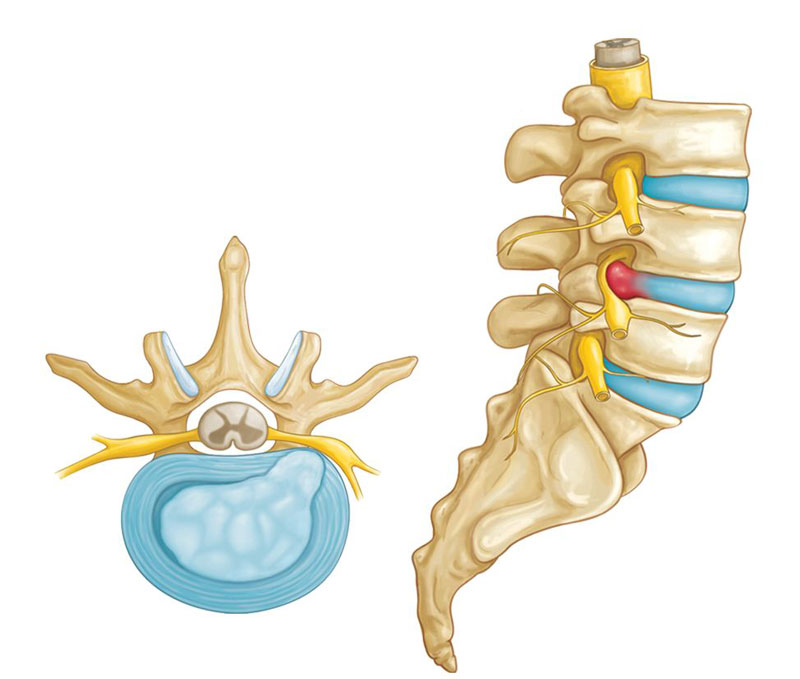
Disc herniation is the cause of osteoarthritis pain
2.2.5.Patellar tendonitis
The patella is a small circular bone located in front of the knee joint and is capable of moving, tilting or rotating. The kneecap is used to support the legs to walk. The kneecap is made up of strong and tough muscle fibers. When they become inflamed, they can cause swelling and pain in the knee joint.
2.2.6. Osteoporosis
This is a condition in which the bones are reduced in density and thinning. This condition makes bones brittle, resulting in brittle fracture and damage. The first manifestation of osteoporosis is back pain.
It should be noted that more than 150 different types of musculoskeletal diseases are responsible for osteoarthritis pain in the elderly. Above are just some of the common common diseases today.
3. How does osteoarthritis affect the patient’s life?
3.1. Insomnia
Elderly people who have difficulty sleeping if they suffer from joint pain will be more likely to lose sleep. The lack of sleep will make the pain increase with greater severity.
3.2. Affect daily life
Elderly people suffering from bone pain will impair their ability to perform daily activities such as dressing, personal hygiene, ….
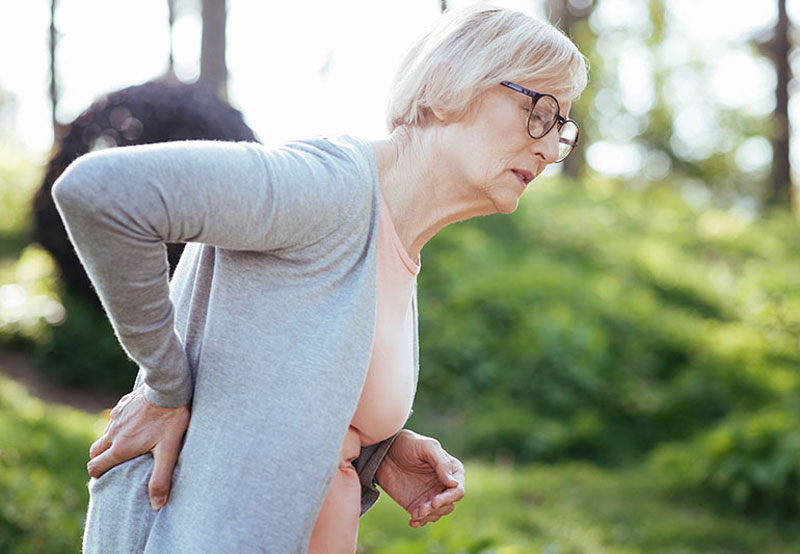
Bone pain will make it difficult for the patient to perform simple everyday activities
3.3. Weight gain
Bone pain causes the elderly to hesitate to move, move, and especially to exercise and exercise. This has caused them to gain weight and the symptoms of joint disease more severe. Being overweight will also cause more serious complications such as diabetes, high blood pressure, …
3.4.
Depression
A 2010 study showed a relationship between depression and osteoarthritis. Research has shown that bone pain affects mental health. More than 40% of the study participants showed depression caused by arthritis symptoms.
3.5. Some other complications
Possible complications from joint pain include:
-
Bone necrosis.
-
Fracture.
-
Inflammation and bleeding in the joints.
-
Osteoarthritis of the tendons and ligaments surrounding the joint.
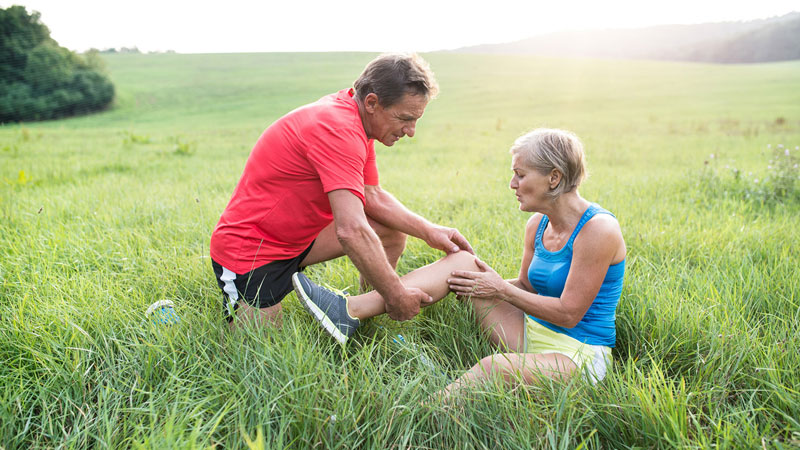
Without subjective treatment of bone pain, it can easily lead to serious complications for the patient
Osteoarthritis is common and can be treated in the elderly. It is important to detect disease warning signs early and treat them early.
(Source: medlatec)
Danh mục
Tin nổi bật
20 April 2021
07 April 2021


